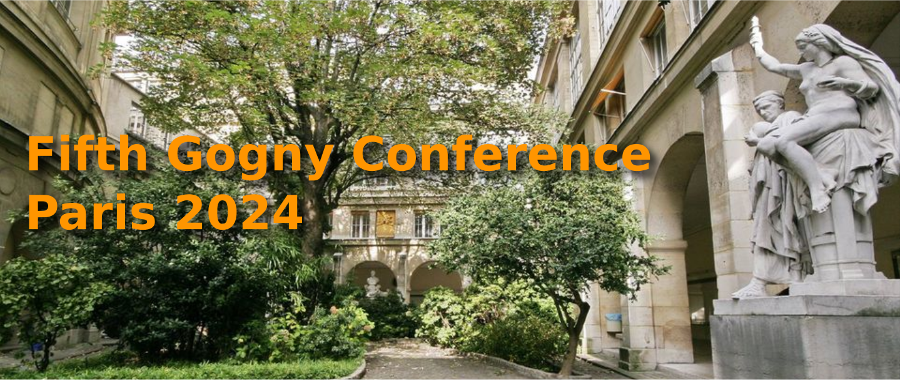Speakers
Description
Atomic nuclei are complex many-body systems with a number of constituents ranging from very few to several hundreds. Among the difficult aspects, nuclei are self-bound systems that require the treatment of a continuum of wave functions in the Hilbert space. The nuclear strong interaction is scarcely known and highly non-perturbative, with the onset of multi-body interaction beyond the usual interaction of particles two-by-two. Nuclear physics also belongs to problems that face the exponential growth of the Hilbert space when the number of constituents increases. For these reasons, the exact treatment of these systems on classical computers, starting from the interaction, is still restricted to a few percent of the nuclear chart. Quantum technologies and associated quantum algorithms appear in this context as disruptive technologies that might surpass the current limitations in the coming years. I have recently initiated a long-term project to explore using quantum computers and quantum information for nuclear physics and related many-body problems. Inspired by strategies used in classical computing, several novel approaches have been proposed to obtain the ground or low-lying states in many-body systems. A significant effort has been made to use the symmetry breaking/symmetry restoration method. Based on the use of projectors through phase estimation, quantum oracles, or classical shadow, the Quantum Variation After Variation was formulated. Several methods were proposed to access excited states, including the Quantum Krylov, Quantum equation of motion, or Quantum Generator Coordinate Method. After reviewing and illustrating these methods, the current status and future challenges in using quantum computers for atomic nuclei will be discussed.

